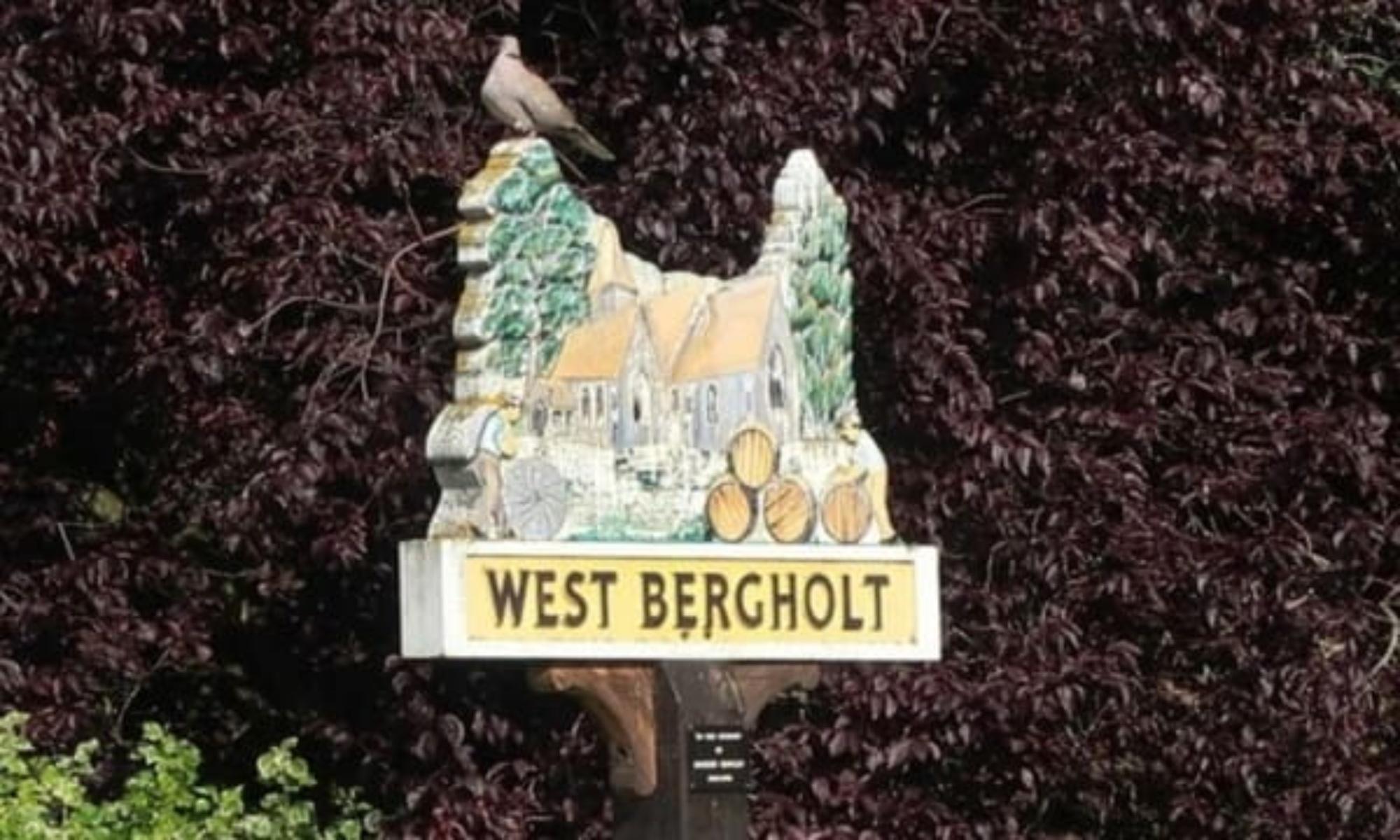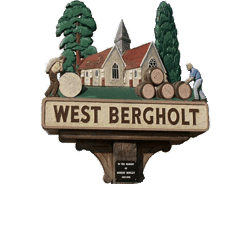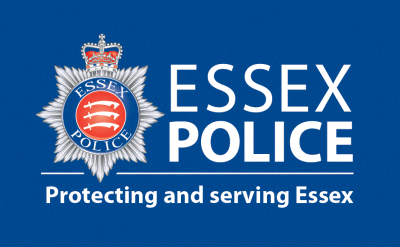 Speedwatch – How, What & Why
Speedwatch – How, What & Why
The following update has been provided by Anthony Robins, local Speedwatch Coordinator, to provide an insight into, inter alia, the How, What and Why of the work Speedwatch volunteers do.
Many people, including myself, have been concerned about the number of speeding vehicles in the area, so a few of us have been trained by Essex Police, and we go to approved sites, with a radar speed gun, and pass on details of speeding motorists we observe to the Police.
How: The radar gun works on the Doppler Effect and is regularly checked for accuracy. Initially the Police just send a polite letter, with the details of the time and place and speed, asking the motorist to obey the speed limits in future.
Why: It is not our aim to raise money, or to prosecute but to get all to obey the speed limits. We are all motorists ourselves and our aim is to make the roads safer for all to use.
We know that some motorists resent our doing this, and even some regular road users like taxi drivers have been offensive. They should realise that, especially in an urban environment, keeping ones maximum speed within the speed limit, only adds very little to the total journey time. Being stuck in traffic because some other motorist has caused an incident adds significantly to many people’s journey time.
Some will claim that speed does not cause accidents, however on the roads higher speeds give one less time to react to incidents, even to the errors of others! It is better to give a few seconds to allow for someone else’s error, than to have a collision and to spend months sorting out the consequences.

What: When we do our sessions, we have warning signs and have to wear High Visibility clothing. Many motorists do see this, and slow down accordingly, but some do not. If they are unable to see us, then they are unlikely to see other hazards.
The braking distance increases with the square of the speed, which means that travelling at double the speed, quadruples ones braking distance. When the thinking distance is taken into account, the Highway Code gives total stopping distances of 75 ft (23 metres) at 30 mph; 96ft (29 m) at 35 mph; and 120 ft (36 m) at 40 mph. That extra 24 feet could make the difference between hitting another car or pedestrian, and avoiding them.
When we do our sessions, pedestrians often complain to us about the excessive speed of some vehicles in both villages, many quoting 50 and even 60 mph. It is possible that some may be exaggerated, and it is not always easy to judge speeds. Most HGVs we see are within the limit, but they appear faster, and with narrow pavements (if any pavement at all) the turbulence they create can be intimidating to pedestrians.
HGVs and Farm Traffic – effect of local road closures
Because Baker’s Lane has been closed a lot more traffic is using our villages to get from, say, Braiswick to the A12. Nothing wrong with this, of course, but they should obey the law. Argent’s Lane is especially more busy. With a National speed limit of 60mph, few if any exceed this, but it is nevertheless dangerous, as in some places it is impossible for two cars to pass.
The route also regularly sees large farm vehicles, some with dangerous spikes on the front, and some articulated HGVs. It is not illegal for them to use this route, but if they turn to go over the river bridge, then they are breaking the law, as there is a 7 tonne limit. Nevertheless it is extremely foolish to use the route, as if two were to meet it could be very difficult to resolve, as almost certainly a line of cars would quickly build up behind both vehicles.
Contact Us
If others are concerned about these issues and would like to join us, then please contact Anthony C Robin, E-mail [antibot mailto=”[email protected]”].


